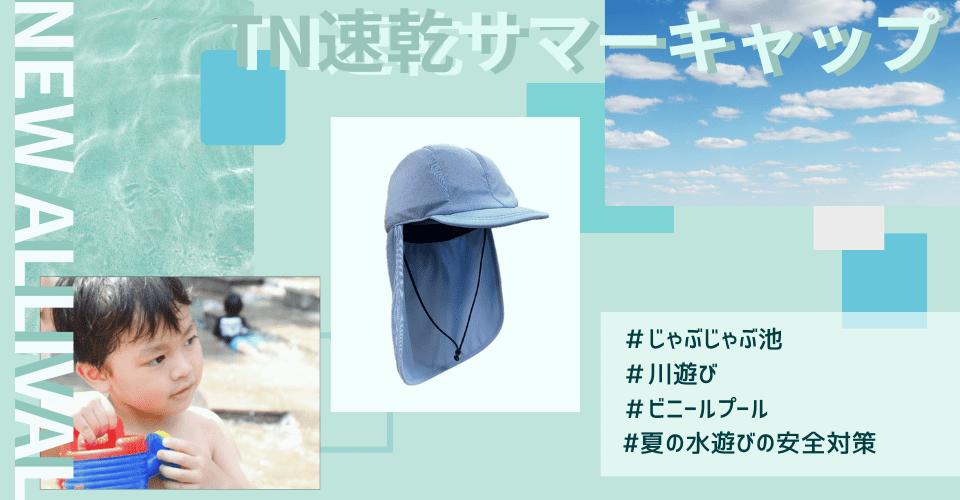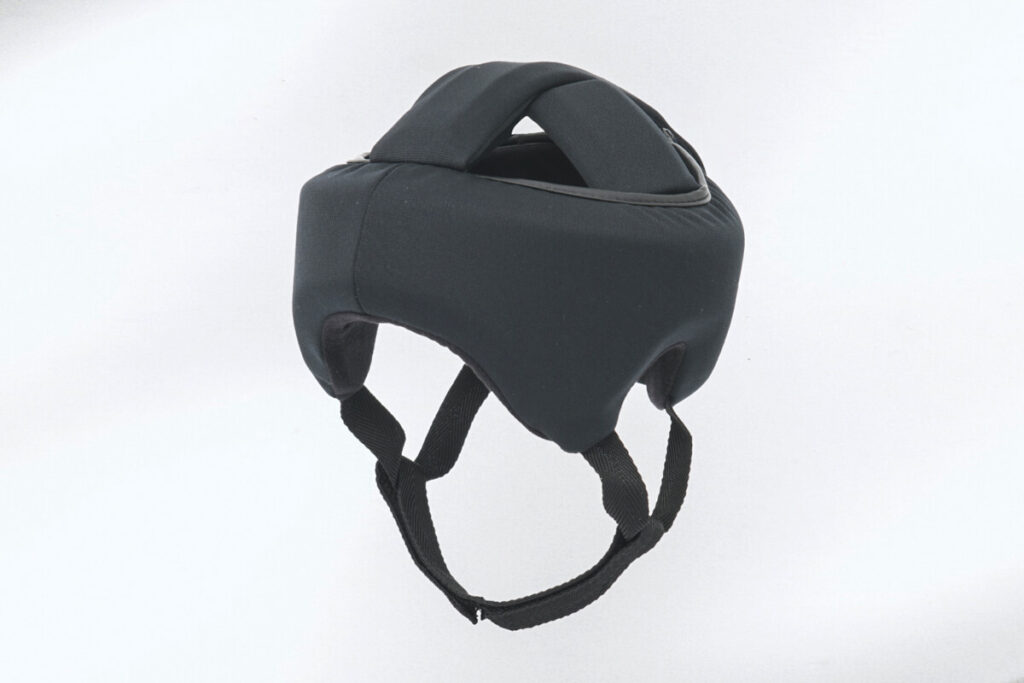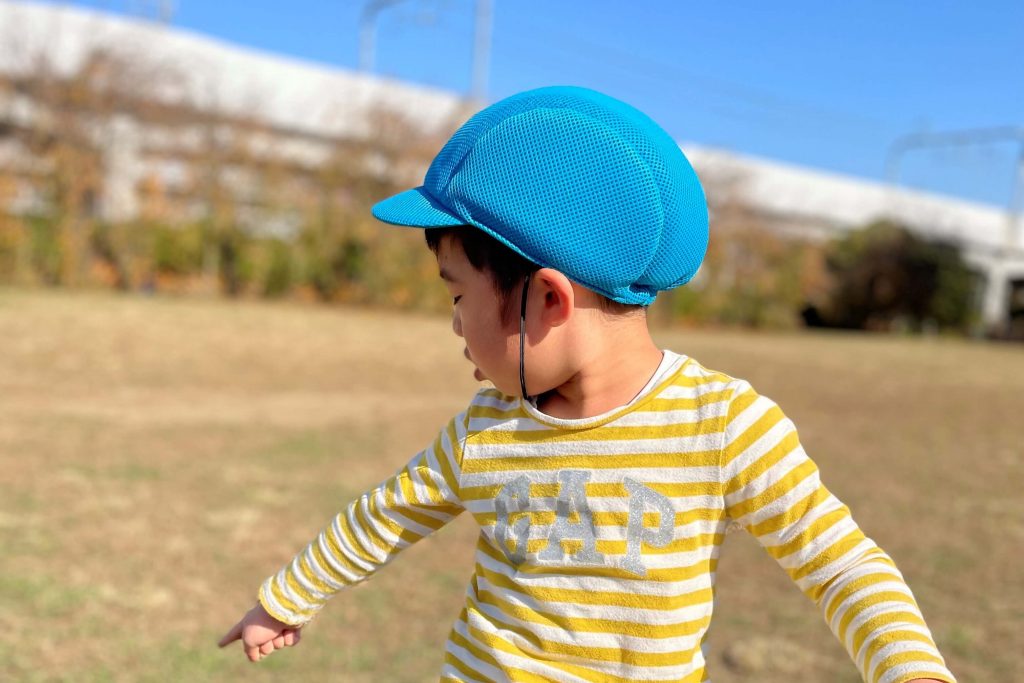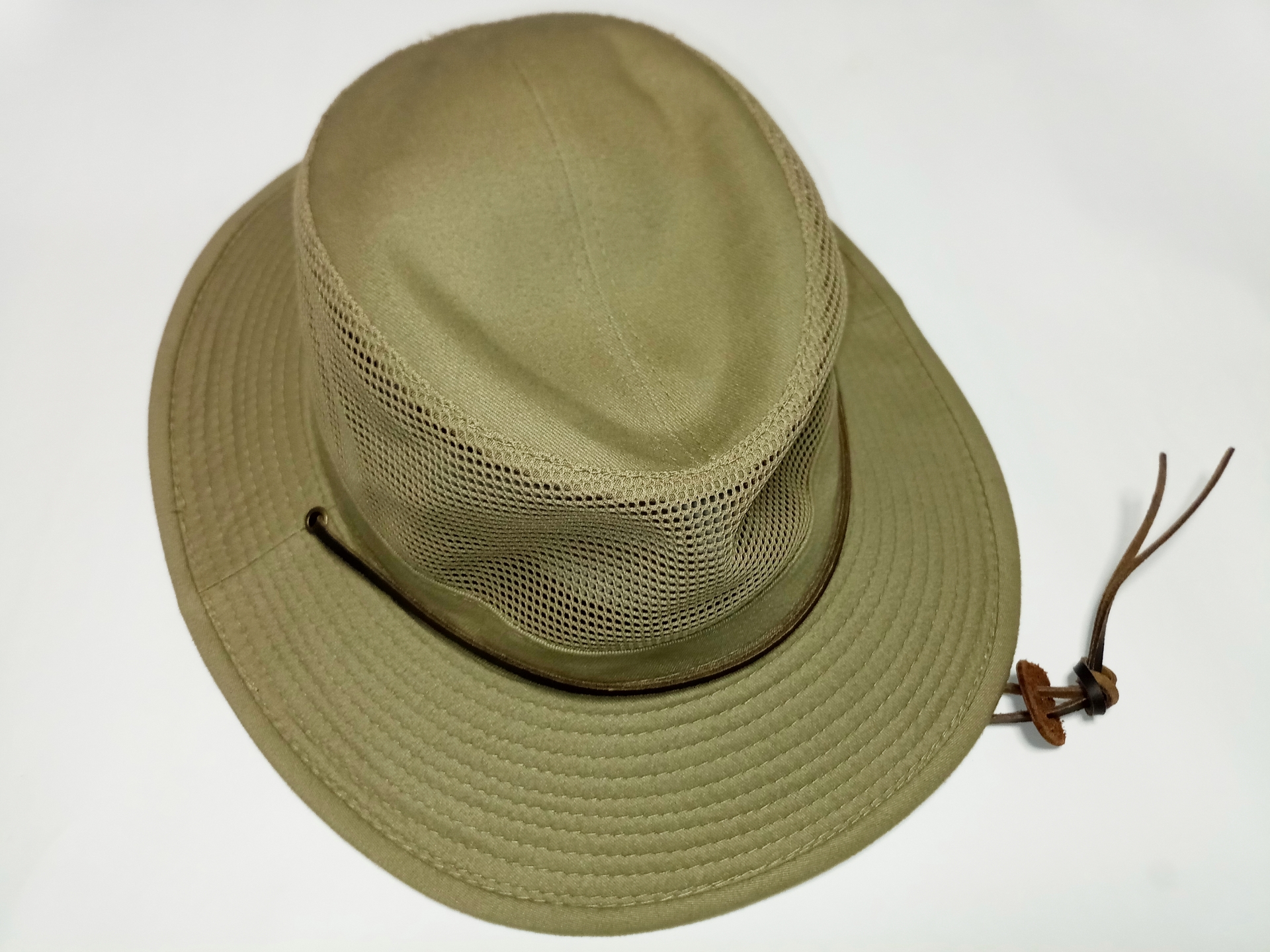What is Disaster Prevention Day? Let's review our disaster prevention measures! Kiyota's Disaster Prevention Head Guard
What is Disaster Prevention Day?
Disaster Prevention Day originated from the Great Kanto Earthquake that occurred on September 1, 1923, which caused enormous damage in the Tokyo metropolitan area. It was established in 1960, following the Ise Bay Typhoon that occurred in 1959 and claimed many lives, as a day of awareness to ensure that lessons learned from the earthquake are not forgotten and to once again confirm disaster preparedness. The week from September 1 is positioned as Disaster Prevention Week, and events are held every year in various places to raise awareness of disaster prevention. As an aside, the Kiyota Corporation headquarters (4-3-4 Shibaura, Minato-ku, Tokyo) is built on land that was filled with rubble from houses and other buildings that collapsed in the Great Kanto Earthquake.
Disaster prevention events
This year marks the 100th anniversary of the Great Kanto Earthquake, and various public, academic, and private organizations are planning to hold events and seminars. As we live in Japan, a country prone to earthquakes, where we are constantly at risk of a capital city earthquake, a Nankai Trough earthquake, and an ocean trench earthquake around the Japan Trench and the Kuril Trench, shouldn't we take this opportunity to think about disaster prevention?
Cabinet Office websitereference)
Let's review disaster prevention measures
Due to frequent natural disasters caused by abnormal weather and large-scale earthquakes, awareness of disaster prevention has increased.
Hazard Map Portal Site,
Disaster message boardIt seems that an increasing number of companies and households are checking how to use emergency supplies and stocking up on emergency supplies. It is better to be safe than sorry, but if you do not regularly check the contents of your emergency supplies, you may run into problems in the event of an emergency, such as expired water or leaking batteries that make lights and radios unusable. The first of March, June, September, and December are designated as "Disaster Prevention Supplies Inspection Days," so we recommend that you regularly check the contents and take all possible precautions.
Kiyota's disaster prevention head guard
Utilizing the knowledge gained from our head guard series, which prevents head injuries to disabled people (children) and the elderly, we have developed a new disaster prevention product called the Disaster Prevention Head Guard, which is neither a helmet nor a disaster prevention hood. The main features are the following four:
-
- ①Excellent shock absorption
The built-in low-resilience elastomer resin provides shock absorption performance approximately four times that of a disaster prevention hood.
-
- ②Fireproofing performance
The hat body is made of flame-retardant fabric certified by the Japan Fire Retardant Association (test number A2120005).
-
- 3. High storage capacity
It folds up compactly so it doesn't take up much space and can be stored in an emergency bag or on a desk.
-
- ④ Familiar design
The hat has a sun flap design like the ones worn by kindergarteners, so even small children can wear it without hesitation in case of emergency.
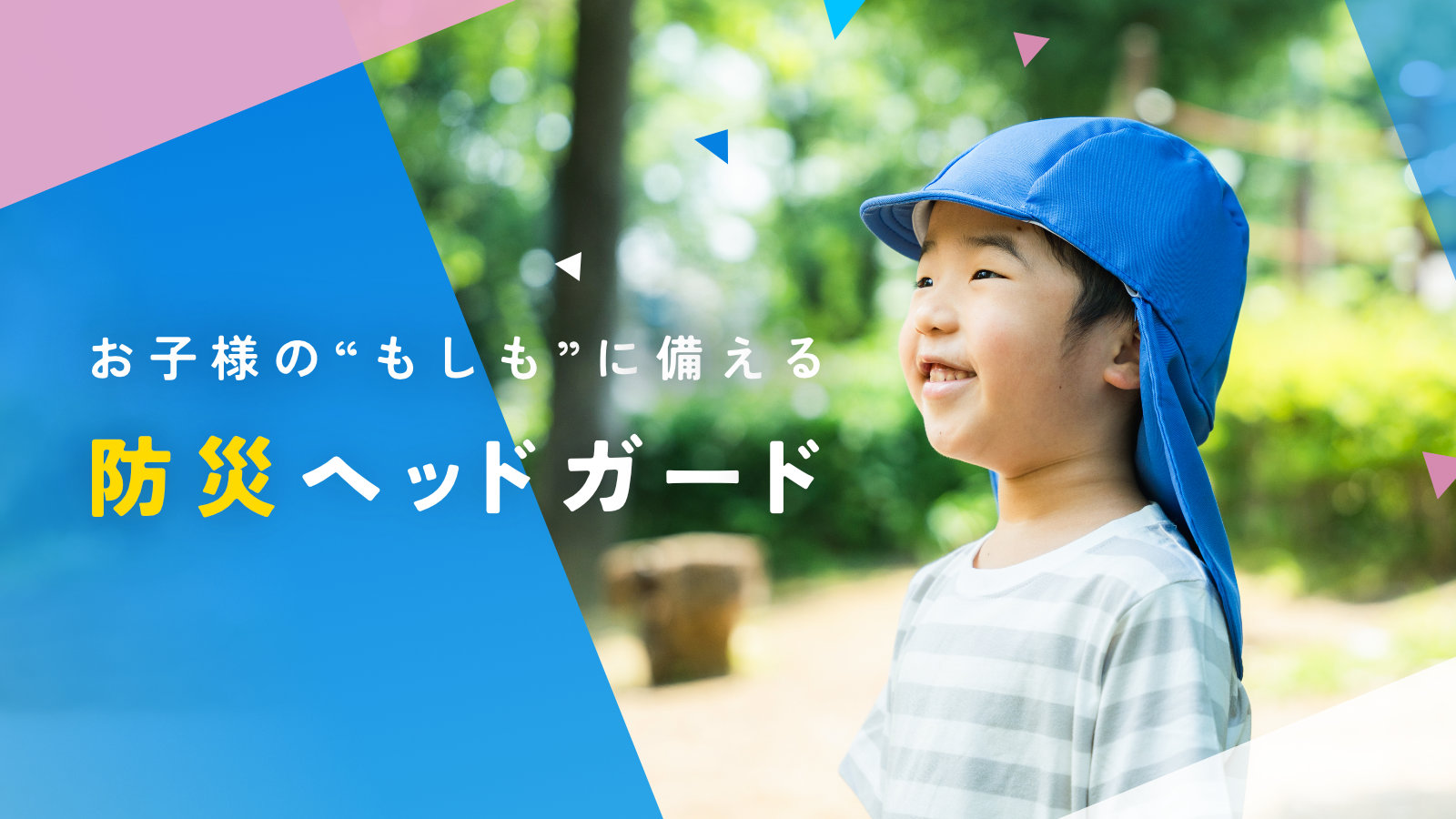
Currently supporting new things and experiences
Makuake siteAdvance sales are currently being conducted at
FAQ
Question: What is Disaster Prevention Day?
Answer: Disaster Prevention Day originated from the Great Kanto Earthquake that occurred on September 1, 1923, which caused enormous damage in the metropolitan area. It was established in 1960 following the Ise Bay Typhoon that occurred in 1959 and claimed many lives, as an awareness-raising day to ensure that the lessons learned from the earthquake are not forgotten and to once again review disaster preparedness.
Q: Please tell me about disaster prevention head guards.
Answer: Utilizing the knowledge gained from our Head Guard series, which prevents head injuries among disabled people (children) and the elderly, we have developed a new disaster prevention product called the Disaster Prevention Head Guard, which is neither a helmet nor a disaster prevention hood.




